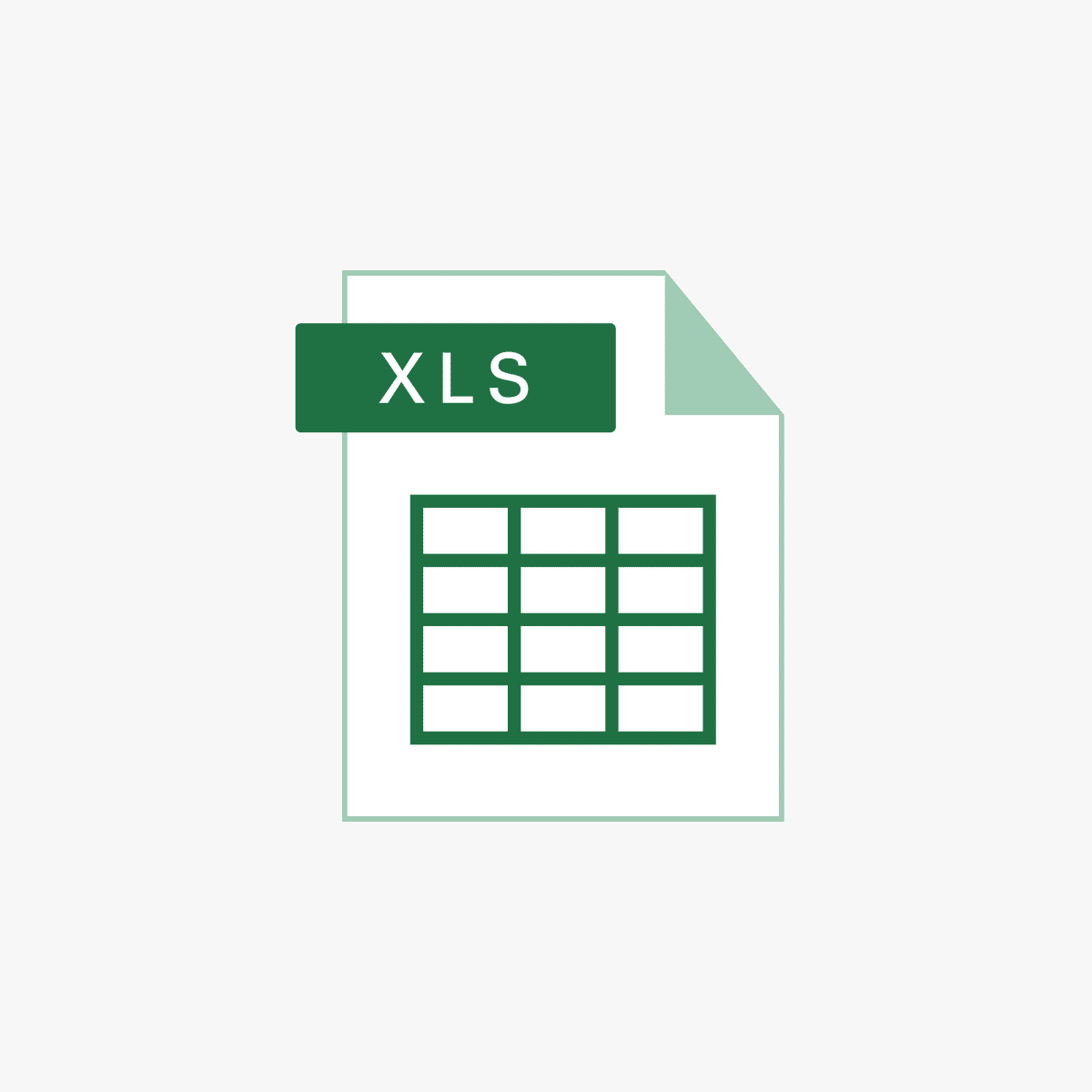Power Automate Microsoft Forms to Excel: Streamlining Your Data Workflow
Estimated Reading Time: 5 minutes
- Automating data transfer saves time and reduces human error.
- This integration improves efficiency and scalability.
- Utilizing advanced features can enhance your workflow.
Table of Contents
- Understanding the Integration of Microsoft Forms and Excel
- Core Benefits of Automating Microsoft Forms to Excel
- How To Set Up Power Automate for Microsoft Forms and Excel Integration
- Leveraging Advanced Features
- Practical Takeaways
- Exploring Our Services
- Legal Disclaimer
- FAQ
Understanding the Integration of Microsoft Forms and Excel
The automation process allows Microsoft Forms responses to be linked directly to Excel spreadsheets via Power Automate. This integration enables real-time data synchronization and eliminates the exhaustive and often error-prone manual exports people commonly encounter. According to Microsoft’s official documentation, this setup is particularly advantageous for managing surveys, registrations, and employee requests (Microsoft).
Core Benefits of Automating Microsoft Forms to Excel
- Time Savings: The most immediate benefit you’ll notice is the significant reduction in time spent on data entry. With an automated workflow, all responses can be updated in real-time, eliminating the need for repetitive manual tasks (Alludo Learning).
- Improved Accuracy: Automating data transfer reduces human errors commonly associated with manual data entry. This accuracy is critical, especially in scenarios involving high-stakes decision-making (YouTube Video).
- Scalability: Power Automate allows you to handle an unlimited number of responses without the overhead of managing spreadsheets. This is particularly beneficial for organizations dealing with large volumes of data (YouTube Video).
How To Set Up Power Automate for Microsoft Forms and Excel Integration
Setting up automated workflows can be broken down into several key implementation steps:
1. Create Your Microsoft Form
Start by designing a form that captures all necessary information for your specific needs. This can include various types of input, such as text fields, multiple-choice options, and date selectors (Microsoft).
2. Prepare Your Excel Spreadsheet
Set up a new Excel sheet with columns that correspond to the questions in your form (e.g., “Employee Name,” “Vacation Dates”). This setup ensures that your data is neatly organized and ready to be filled with responses from Microsoft Forms (Learn Microsoft).
3. Configure the Workflow in Power Automate
- Trigger Setup: Use the “When a new response is submitted” trigger in Power Automate. Here, you will specify which Microsoft Form to use. You can either select your form from a dropdown or directly enter the Form ID (Microsoft).
- Get Response Details: Add the “Get response details” action to your flow. This step allows you to capture the specific answers from the form responses (Learn Microsoft).
4. Map Data to Excel Columns
Next, you’ll need to match the tokens from the form responses with the respective columns in your Excel spreadsheet. For instance, connect vacation_start from your form to the Vacation Start column in Excel (Learn Microsoft).
Leveraging Advanced Features
Once you have the basic workflow set up, you may want to explore some advanced features to enhance your automation:
- Conditional Logic: You can initiate approval workflows before the Excel sheets are updated with the responses. Utilize the “Send for approval” templates to add a layer of oversight (Learn Microsoft).
- File Attachments: If your Microsoft Form allows file uploads, you can automatically retrieve these file links and include them in your Excel sheet, ensuring all relevant information is compiled in one place (Learn Microsoft).
- Error Handling: Implement a “Configure run after” setting to manage any failure scenarios. This addition can ensure that your workflow is robust and capable of handling unexpected issues (Microsoft).
Practical Takeaways
To ensure you make the most of using Power Automate with Microsoft Forms and Excel, keep these practical tips in mind:
- Test your workflows thoroughly before relying on them. This allows you to catch any mapping issues or errors early on.
- Regularly monitor your automated Excel file for accuracy to maintain data integrity.
- Consider implementing advanced features as your needs become more complex, such as conditional logic and error handling.
Exploring Our Services
At Excel Foundations, we’re committed to helping individuals and organizations harness the full potential of Microsoft Excel through tutorials, expert advice, and personalized training sessions. If you’re looking to further your knowledge and skills in Excel or improve your workflow automation, we have a wealth of resources available on our website. Check out our comprehensive guides and tutorial videos today!
Legal Disclaimer
Please consult a professional before acting on any advice given in this article. Each organization’s needs and setups are unique, so it’s important to tailor these integrations to your specific circumstances.
FAQ
- How do I start automating my Microsoft Forms to Excel? Start by creating your Microsoft Form and setting up your Excel sheet.
- Can I automate multiple forms to one Excel file? Yes, Power Automate allows you to connect multiple forms to a single Excel file.
- What if I need to edit my Excel file structure? You may need to update your Power Automate flow to reflect any changes in column mappings.
